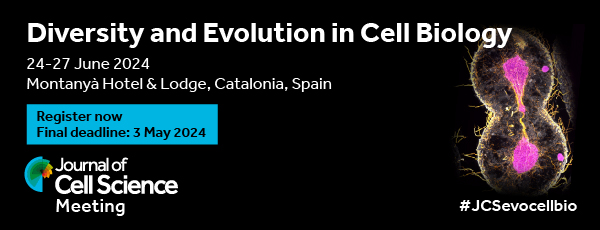
Tensegrity is an architectural approach in which structures are stabilized by continuous tension. Don Ingber put forward the idea that cells use a form of tensegrity some 20 years ago, proposing that microfilaments and intermediate filaments bear tensional forces, which are balanced by microtubules and focal adhesions. Since then, evidence for the cellular tensegrity model has accumulated, and mathematical formulations of it now accurately predict various aspects of cell behaviour. On p. 1157, in Part I of a two-part Commentary, Ingber revisits tensegrity. A fundamental feature of the cellular tensegrity model is the cytoskeletal `prestress'. Traction force microscopy and magnetic twisting cytometry have recently revealed that this correlates with cell stiffness — as predicted by the tensegrity model. Meanwhile, the mathematical formulations have predicted stiffness values similar to those measured in adherent cells. The cellular tensegrity model can also accommodate multimodularity, allowing repair or replacement of structural modules without disruption of higher-order organization. The theory could thus provide a structural basis for the concept that living organisms are constructed as `systems within systems within systems'.








